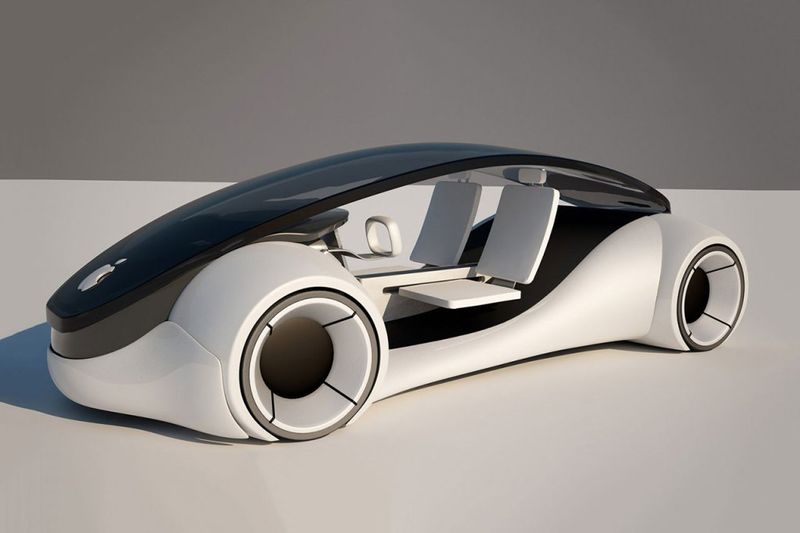
All of the talk about self-driving cars has almost drowned out a quieter trend in driving that might be just as important: the connected car. In a world where a smartphone is in every pocket, it seems odd to imagine that cars are only now starting to take advantage of wireless data connections, but it’s true. We are on the cusp of a small boom in connected car features and tools. In this post, we will describe four of the motivating factors that are making connected cars mater.
1. Superior Use
Right now, data that cars use falls among a few different pedestrian areas: diagnostics for mechanical appointments, streaming entertainment for the family, basic navigation. There is very little that a smartphone cannot already do. A key element in the success of the connected car will be the extent to which developers can find new ways to use the connection. It’s not enough to just replicate services you can find on a mobile device. Innovation in the use of data will dictate whether it is worth it to invest in a car with its own data connection. Just as apps made smartphones worth it, it’s time for software developers to come up with a big draw for the connected car.
2. Direct Customer Relationship
For the whole history of cars, the customer has had little power over their own possession. Most problems require a trip to the mechanic or dealership unless you know how to do some basic maintenance yourself, and even that is harder to do nowadays. However, the presence of a strong connection opens up the potential for software updates and new services pushed from the manufacturer right to the customer with no need to see a middleman. Tesla’s vaunted Autopilot mode was added as a software patch. We could see similarly big updates go out right to the owner.
3. Security
Cars transmit some extremely sensitive data, such as location tracking information for GPS and past driving history. Considering the ever-growing importance of data security, it is only right to consider that the connected car will need powerful security tools that require little input from the driver. The nightmare scenarios involve hackers kidnapping people by taking over their cars or using location data to rob your house when you are not at home, but these are not realistic. More likely is the possibility of stealing personal information like financial accounts or identifying data and using it for fraud, as with most hacking. The security will need to be quite strict because all kinds of data would pass over this connection.
4. Rise of New Services
To return to the example of Autopilot, the connected car will soon be a platform for new and unforeseen services. That raw potential is enough to attract a lot of attention and it’s sure to inspire ideas that we could not have seen coming. For example, there could be a whole host of new applications that arise from networking connected cars. Imagine automatic real-time traffic and weather updates that are customized for your stretch of the highway. This is just one idea based on the way many connected cars could pool their resources with interesting results.
It should be clear by now that there is a wide landscape of potential in the connected car, and only a small fraction of it has been explored. There are a lot of open questions, such as insurance and coverage policy in light of increased connectivity. The actual technology to make these connections worthwhile is also costly right now, similar to mobile accessibility for smartphone data. It’s going to take time for development to catch up to the concepts in this space, but once that happens, the way we drive will change forever.